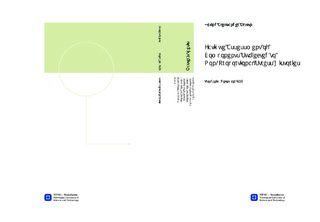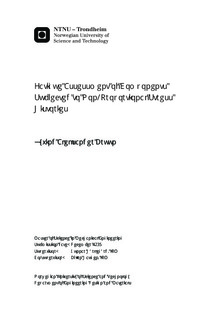| dc.description.abstract | The fatigue assessment of components subjected to complex loading histories is a challenging topic. Several criteria intended for use under multiaxial stress-states and non-proportional loading have been proposed by many researchers throughout the years. This thesis is intended as a critical review of the fatigue assessment of both proportional and non-proportional stress histories. A database consisting of 268 experimental tests for biaxial fatigue limits were collected from various sources. The compiled database spans 20 materials, ranging from carbon steels to cast irons. The data were evaluated using five multiaxial fatigue criteria and two separate assessment methods. The first assessment method is here described as the proportional-method, which is the assessment of relevant stress-values based on extreme values occurring throughout a cycle. The second method, here simply called the ASME-method, is heavily inspired by the ASME-criterion as stated by the ASME Boiler and Pressure Vessel code. The latter method determines the relevant stress values based on relative differences in stress components over time. In addition to the fatigue test data, a stress cycle provided from the industry is examined and discussed.The lack of readily available fatigue test data for validating purposes is a serious concern that is discussed here. The database provided in the appendix is intended to partially remedy this, and serve as a starting point for future research. A comparison of predictions, both criteria- and methodology-wise is also provided. The results and findings are then critically discussed. The research shows that the predictability of a fatigue criterion depends on both material and stress-state. For brittle materials such as the cast irons included in the assessment, the normal stress criterion provides excellent results. For carbon and low alloy steels, as well as the aluminium alloy 76S-T61, shear stress criteria such as Findley yield more accurate predictions. The ASME-method increases the complexity of the fatigue assessment, but is shown to have a positive effect on predictions for the Findley criterion. | nb_NO |

